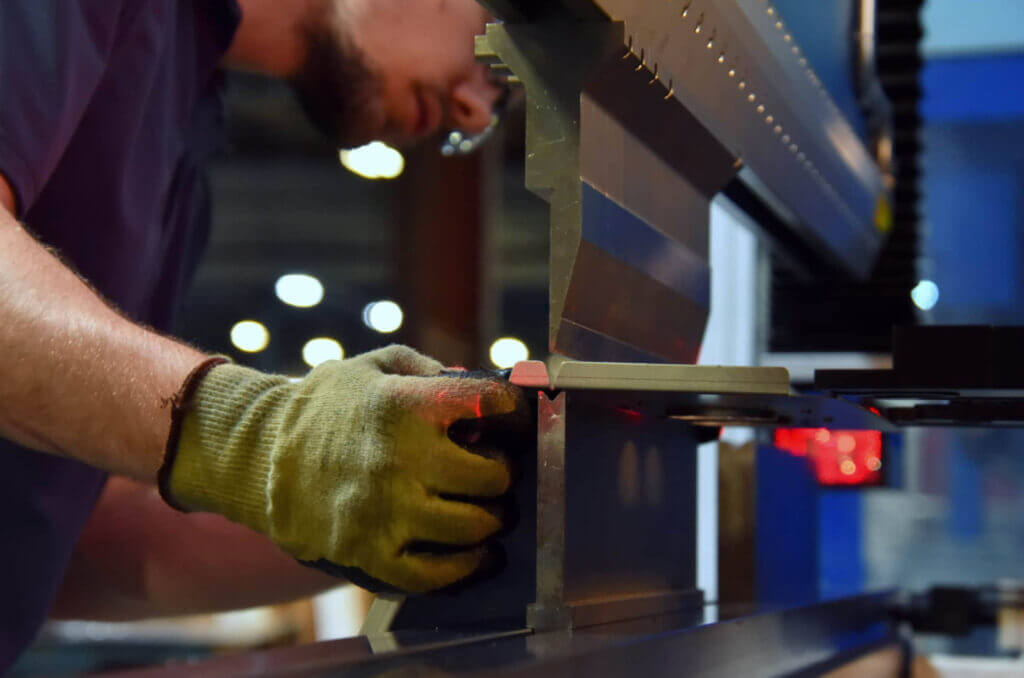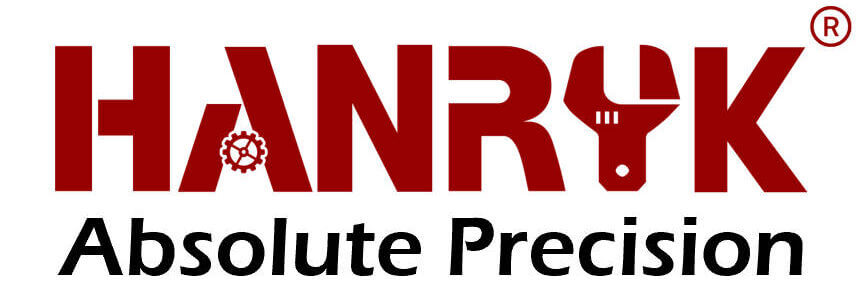Introduction to CNC Bending: A Guide to Precision Parts Manufacturing
- by Hanryk® Team
- February 20, 2022
CNC bending is a process used in precision parts manufacturing that involves the use of computer-controlled machines to bend and shape metal sheets and tubes. This process is highly accurate and efficient, making it an ideal solution for many industrial and commercial applications.

Precision parts manufacturers use CNC bending to create high-quality parts that meet the exact specifications of their clients. From simple brackets and enclosures to complex assemblies and structural components, CNC bending is a versatile and reliable process that is used in a wide range of industries, including automotive, aerospace, medical, and more.
How CNC Bending Works
CNC bending involves the use of a press brake, a machine that uses a hydraulic or electric motor to bend and shape metal sheets and tubes. The press brake is equipped with a series of tooling, including punches and dies, that are used to create the desired shape and bend angle.
The process begins by importing the design specifications into the CNC control software, which generates the tooling path and calculates the optimal bending sequence. The metal sheet or tube is then loaded into the press brake, and the tooling is positioned to create the desired bend.
Once the bending process is complete, the finished part is inspected for accuracy and quality. CNC bending offers a high level of precision and repeatability, making it an ideal solution for manufacturing large quantities of parts with consistent quality.
Advantages of CNC Bending
CNC bending offers several advantages over traditional bending methods, including:
- Accuracy: CNC bending is highly accurate, with tolerances as low as 0.1mm. This level of precision is essential for industries such as aerospace and medical, where the slightest deviation from the design specifications can have serious consequences.
- Speed: CNC bending is a fast process, with the ability to produce parts quickly and efficiently. This makes it an ideal solution for high-volume production runs.
- Flexibility: CNC bending can be used to create a wide range of shapes and sizes, making it a versatile process that can be adapted to meet the needs of different applications.
- Quality: CNC bending produces high-quality parts that are consistent and reliable. This is essential for industries where safety and reliability are critical.
Conclusion
CNC bending is a highly accurate and efficient process used in precision parts manufacturing. It offers several advantages over traditional bending methods, including speed, flexibility, and quality. Precision parts manufacturers rely on CNC bending to create high-quality parts that meet the exact specifications of their clients.
If you’re looking for a precision parts manufacturer that specializes in CNC bending, look no further than our company. We have the expertise and equipment to handle even the most complex parts, and we are committed to delivering the highest level of quality and service to our clients. Contact us today to learn more about our CNC bending capabilities and how we can help you with your next project.

